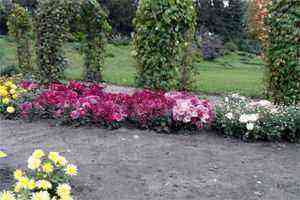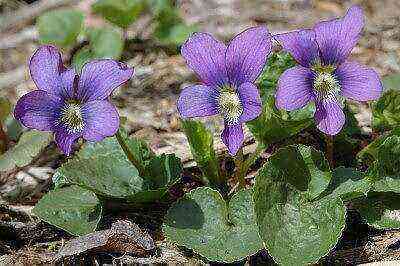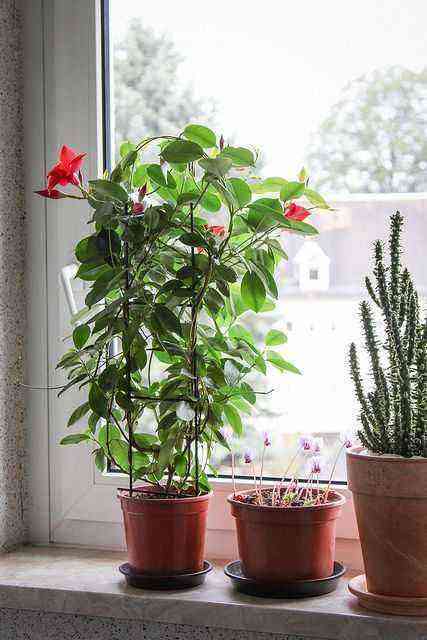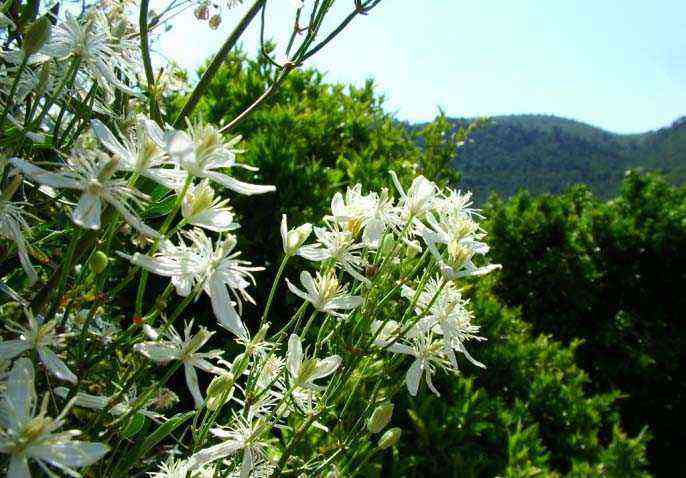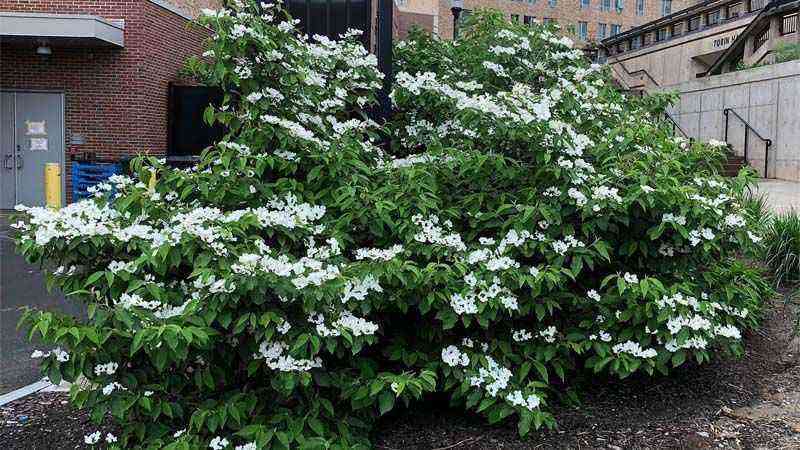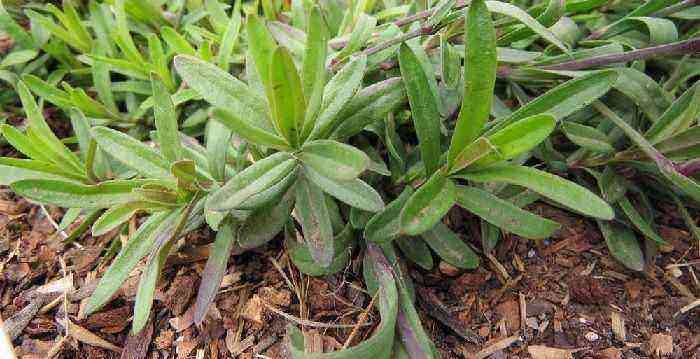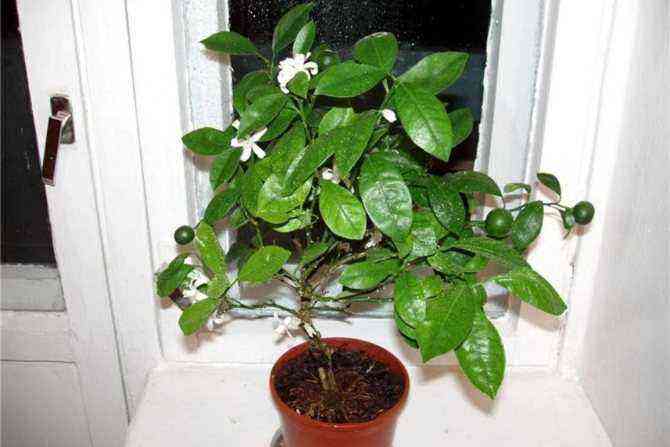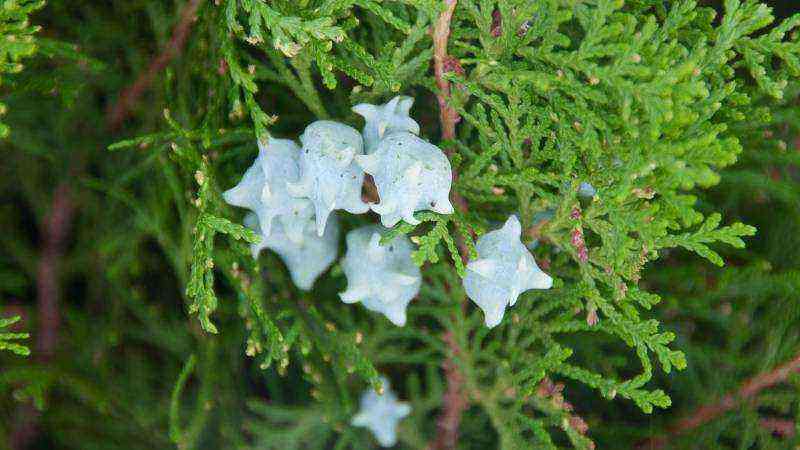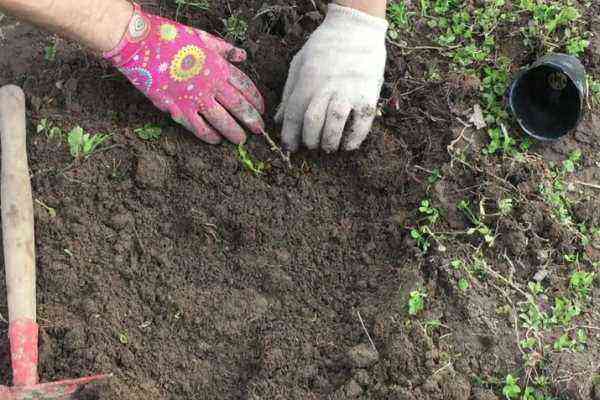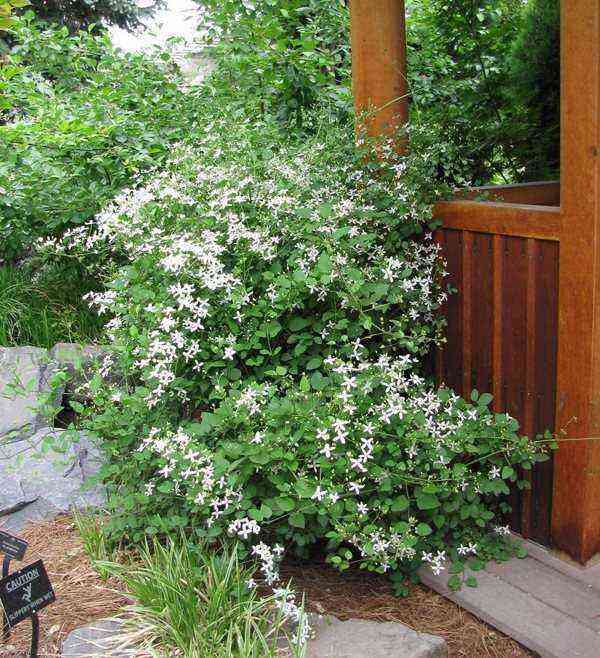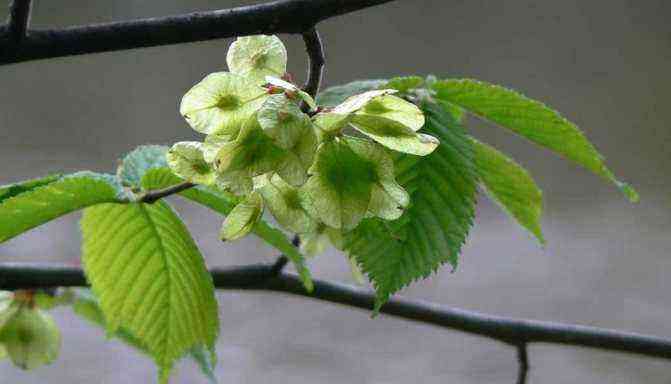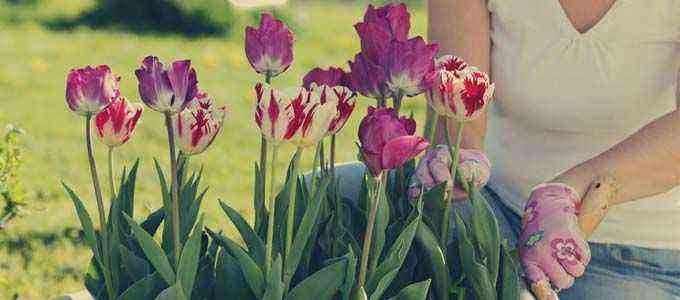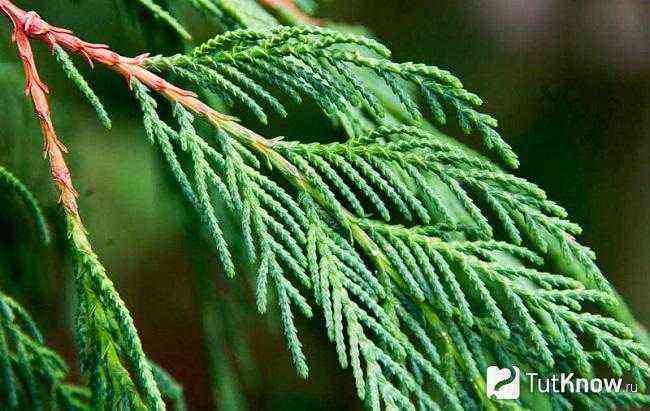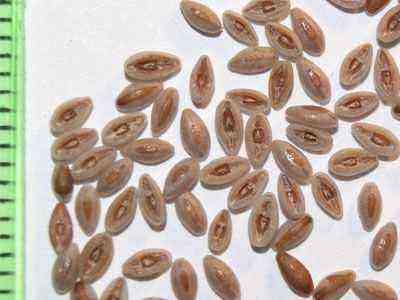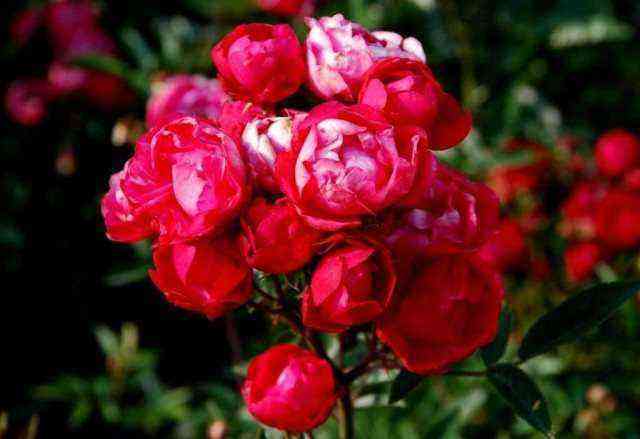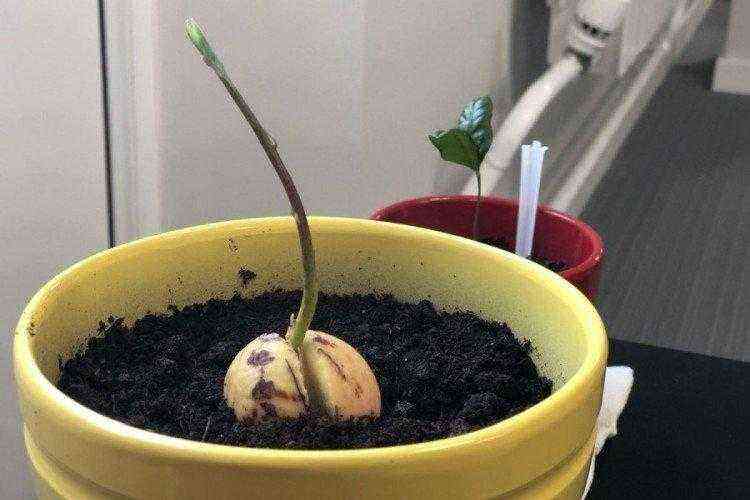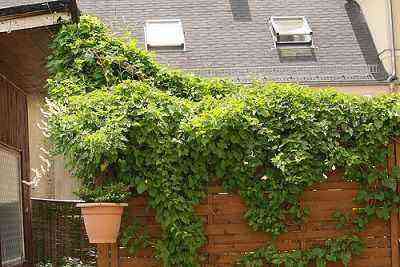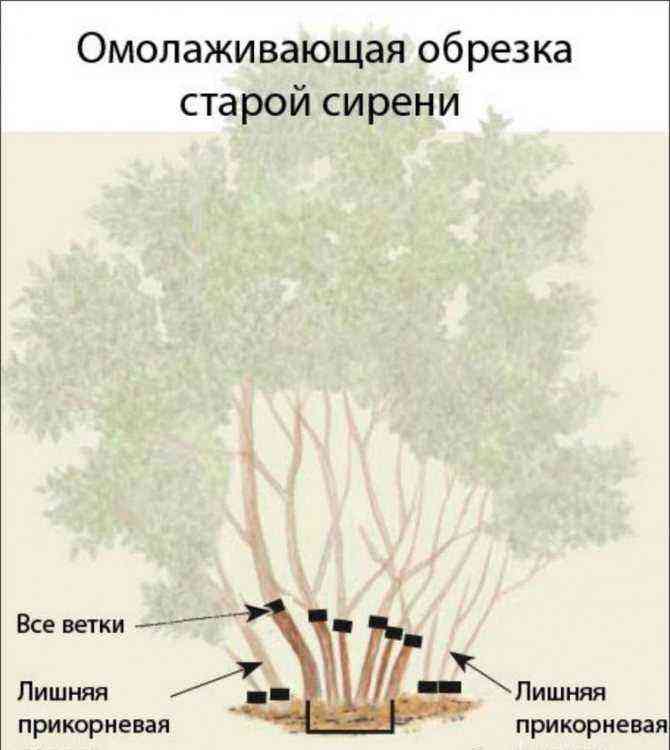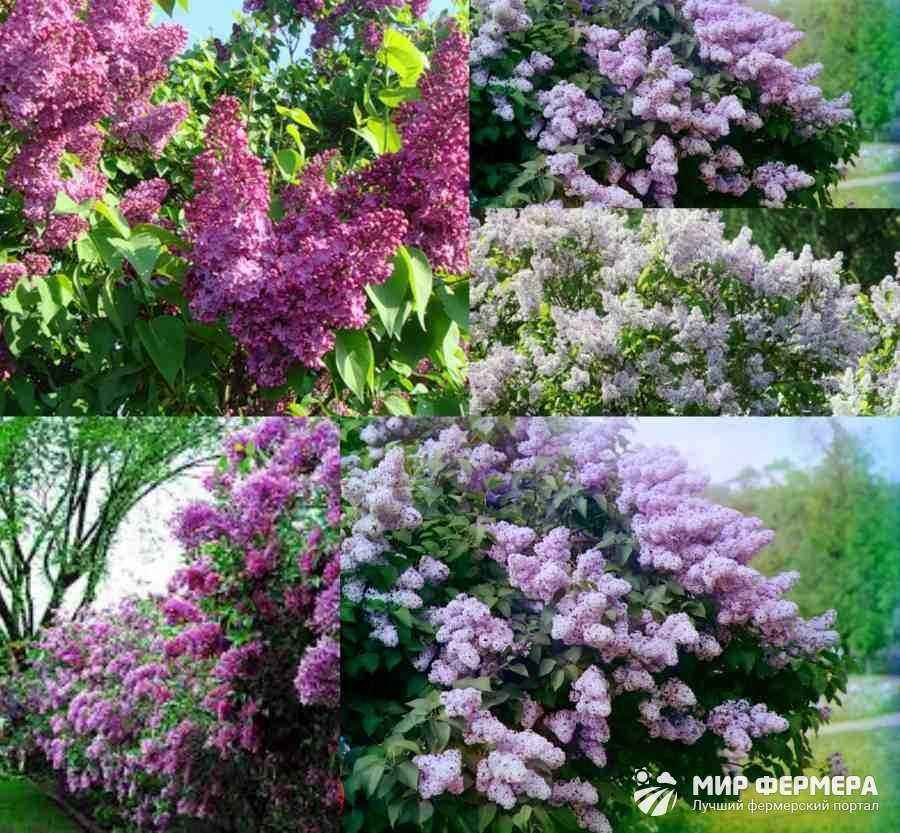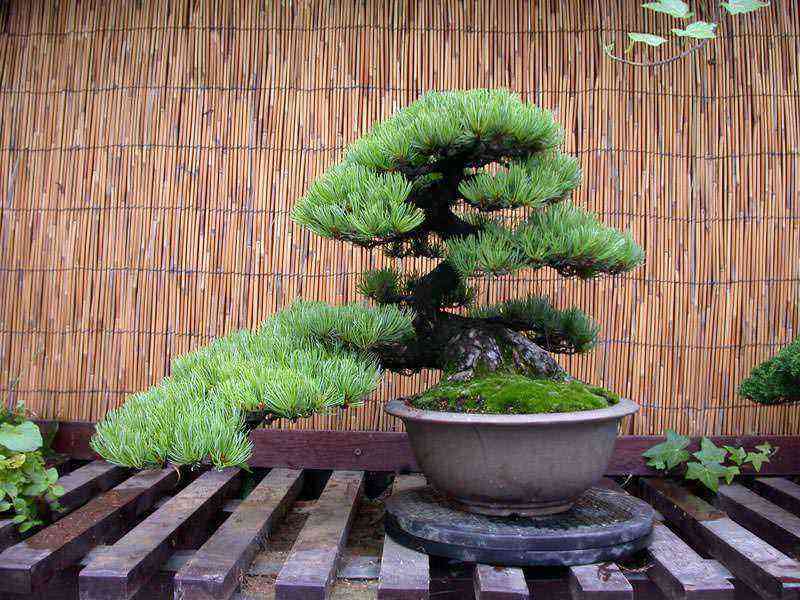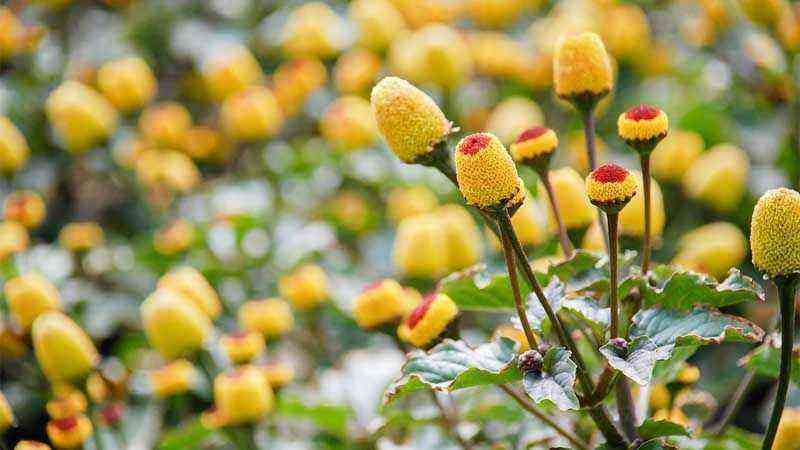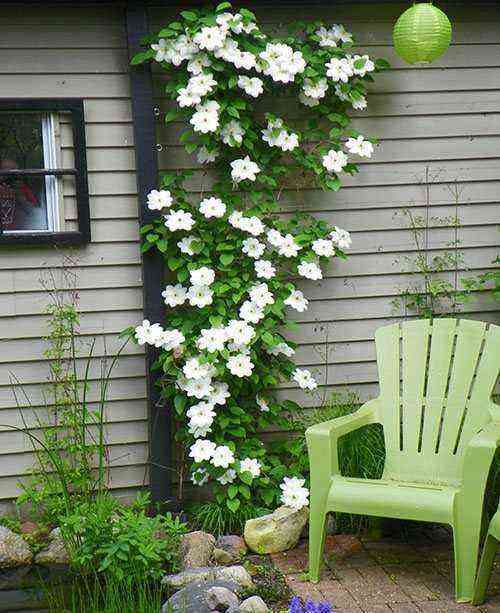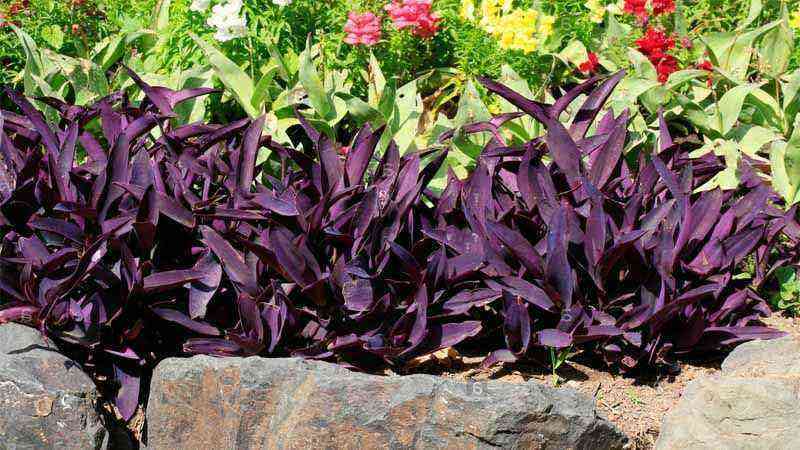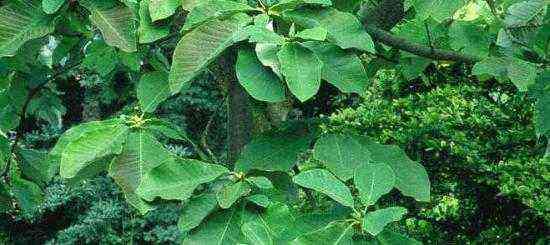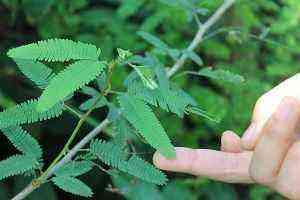In many gardens or at least in part of them, either because of the location, because a building covers it or whatever the reason, we have very shady areas that it is difficult to maintain with plants that normally require higher light requirements. The solution is shade plants and a very ornamental and bushy one is Liriope muscari. Find out how to grow it in your shady garden area.
Liriope muscari, a striking plant for shady areas of the garden
It comes from the Liliaceae family, usually bulbous plants. In the garden we have a few of very common consumption. Let us remember that leek, garlic, onion and shallots all belong to this great family of plants. The gender Liriope It has its etymological root in Liríope, a nymph from Greek mythology, mother of Narcissus, who also gives its name to a beautiful flower.
The gender Liriope stands out in gardening for a basic reason and of great weight in the world of ornamental gardens. Its evergreen foliage. It is one of the fundamental qualities in the ornamentation of parks and gardens. The fact of having bare land for a good part of the year is not entirely pleasant. Hence the genre Liriope It’s very important. AND
In this case we are talking about a species, perhaps one of the best known of the genus Liriope muscari. Known because combines large and extensive leaves that always maintain an exuberant vegetation cover, with large, showy, spike flowers and white, pink or purple colors (the most common). Furthermore it turns out mvery simple to take care of. Your climatic and soil needs are truly comfortable for us.
Liriope muscari it is a compact plant. For this reason, it is also an option to consider when growing in pots. Its extensive leaves will dress the container in a very similar way to ribbons. The advantage of Liriope muscari in front of tapes It is a very showy flowering during the summer (mid) and much of the fall, although the cold makes an appearance. It is another much appreciated feature, its long flowering and resistance.
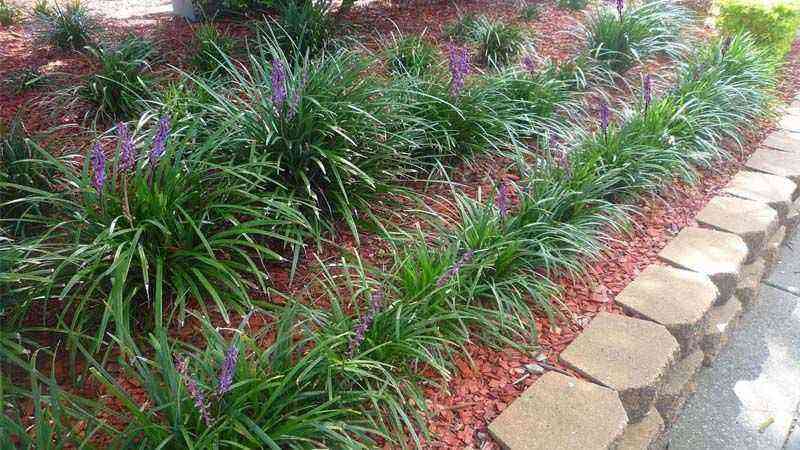

Growing conditions of Liriope muscari
Climate and soil
We have already seen that Liriope muscari it is a plant with great tolerance to shade. This quality also gives an idea of the thermal conditions that it can endure taking into account that it has the characteristic of evergreen. It withstands cold and frost very well even surviving (although not comfortably) temperatures of -20 ºC.
On the ground it is not demanding either. Being of a dark nature we can think that the soil must be humid by simple logical association. We are not without reason. If the soil is kept humid, its vegetal fullness will be of impact, but we must point out that withstands droughts Contrary to what you might think. Not very strong but we can say that its rusticity is guaranteed.
Irrigation and fertilizer
In shady areas, it is difficult for soil moisture to evaporate with some frequency. This allows comfortably lengthen the irrigation periods. In addition, taking into account that it resists a certain level of drought, we can consider that it can be without irrigation for a relatively comfortable period.
This does not mean that we let her die of thirst. We are all clear that tolerance is not synonymous with optimal. If we want a adequate growth we will take care that the soil moisture is maintained We will pay more attention to this point in the warmer months of the year.
The subscriber is simple and optional. Depending on how you see the appearance of the plant you can add a generic fertilizer in spring or cover the ground with mature compost. This last option is also beneficial in the first periods of acclimatization of the plant to the place.
How to multiply Liriope muscari
Surely, if you grow this plant, it will not be difficult for someone around you to ask you to pass it to them to include it in their garden or pots. Being a rhizomatous plant, it is simple multiply it by division. It has to be done in spring.
If this period has already passed, you can wait for it to give seed and sow it in a substrate rich in organic matter (mature compost) during the fall and when it is cold. No hotbed with heat.
General advice and care
- Heading into winter, when flowering ends, it is a good time to remove dead parts of the plant, wilted leaves.
- At the beginning of spring you will have to divide to produce more specimens and extend the plant to more areas if you wish.
- It does not have major incidences with pests and diseases. It does not usually cause problems unless it is very serious.
